Ctenanthe burle-marxii ‘Amabilis’
Fishbone Prayer Plant, Never-Never Plant
Admired by many for their unique, intricately patterned and colourful foliage, Prayer Plants make for stunning statement plants to add a tropical flair to your home. Ctenanthe, known as the Never Never Plants, are part of the Marantaceae family alongside Calatheas and Marantas.
Ctenanthe burle-marxii ‘Amabilis’ has long, oval grey-green leaves with a stunning deeper green fishbone pattern, and purple undersides.
Want to be notified when this product is back in stock?
Plant Biography
The genus Ctenanthe consists of around 15 species, which live in the relatively lowlight and humid conditions of the understories of tropical forests. Whilst many plants in this environment, such as climbers, have evolved to get closer to the light above, these have adapted to the conditions provided by the forest floor.
In their natural habitat, many Ctenanthe produce beautiful and boldly coloured flowers, but its their striking foliage which has led them to become a popular houseplant. So much so, that there are now countless cultivars each with their own unique foliage, ensuring that there’s a Ctenanthe for everybody, and every home.
Ctenanthe burle-marxii ‘Amabilis’ is less tall and more compact and delicate than Marantas and Calatheas, spreading outwards if they are given enough space, ideal for filling larger containers.

Expert Tip
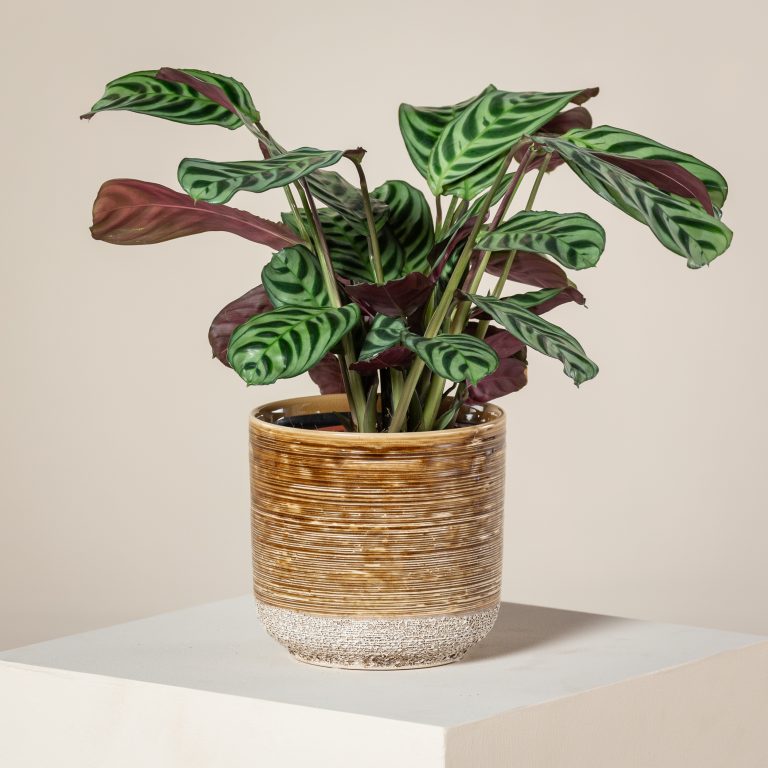
Why Prayer Plants 'Pray'
As a member of the Prayer Plant family, the leaves of this Ctenanthe will characteristically ‘pray’, folding up at night before re-opening again as the morning sun rises.
At the base of each leaf is a joint-like thickening called the pulvinus, which swells and shrinks in response to pressure developed in the leaves. This is what enables the ‘praying’ to take place.
This movement of the leaves is a process known as nyctinasty, which serves a number of purposes. It allows the plant to absorb as much light as possible in its low light rainforest environment, helps to absorb and retain water, and reduces the risk of fungi and bacteria forming on their leaves.

Care & Size Guidance
Prayer Plants can be fussy when placed in the wrong location, so choosing a good spot is essential.
A place with bright but indirect light is ideal. Avoid south facing spots with too much intense direct sunlight, unless you diffuse the light with a sheer curtain.
Like other Prayer Plants this plant enjoys high humidity, but overly wet soil can quickly lead to root rot.
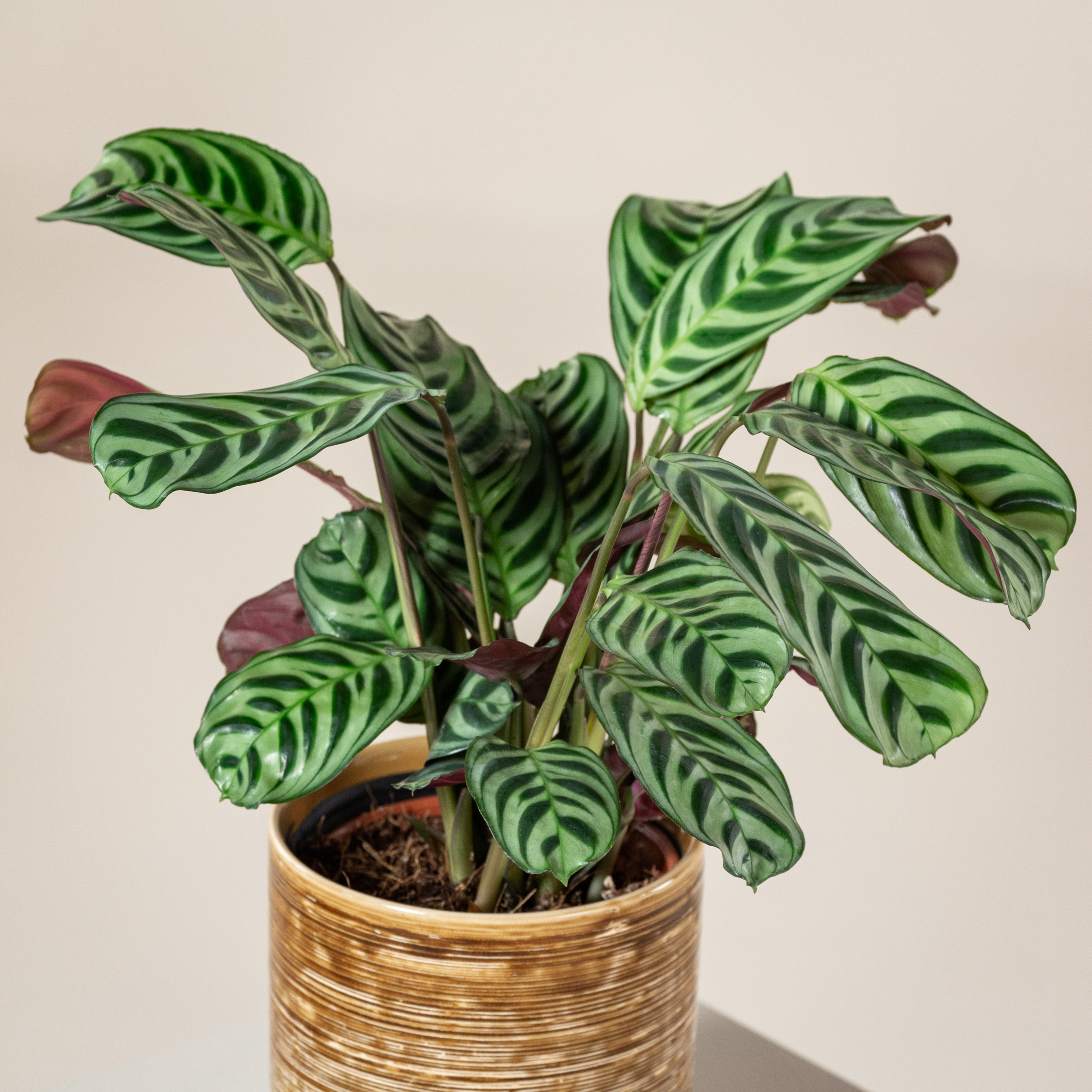
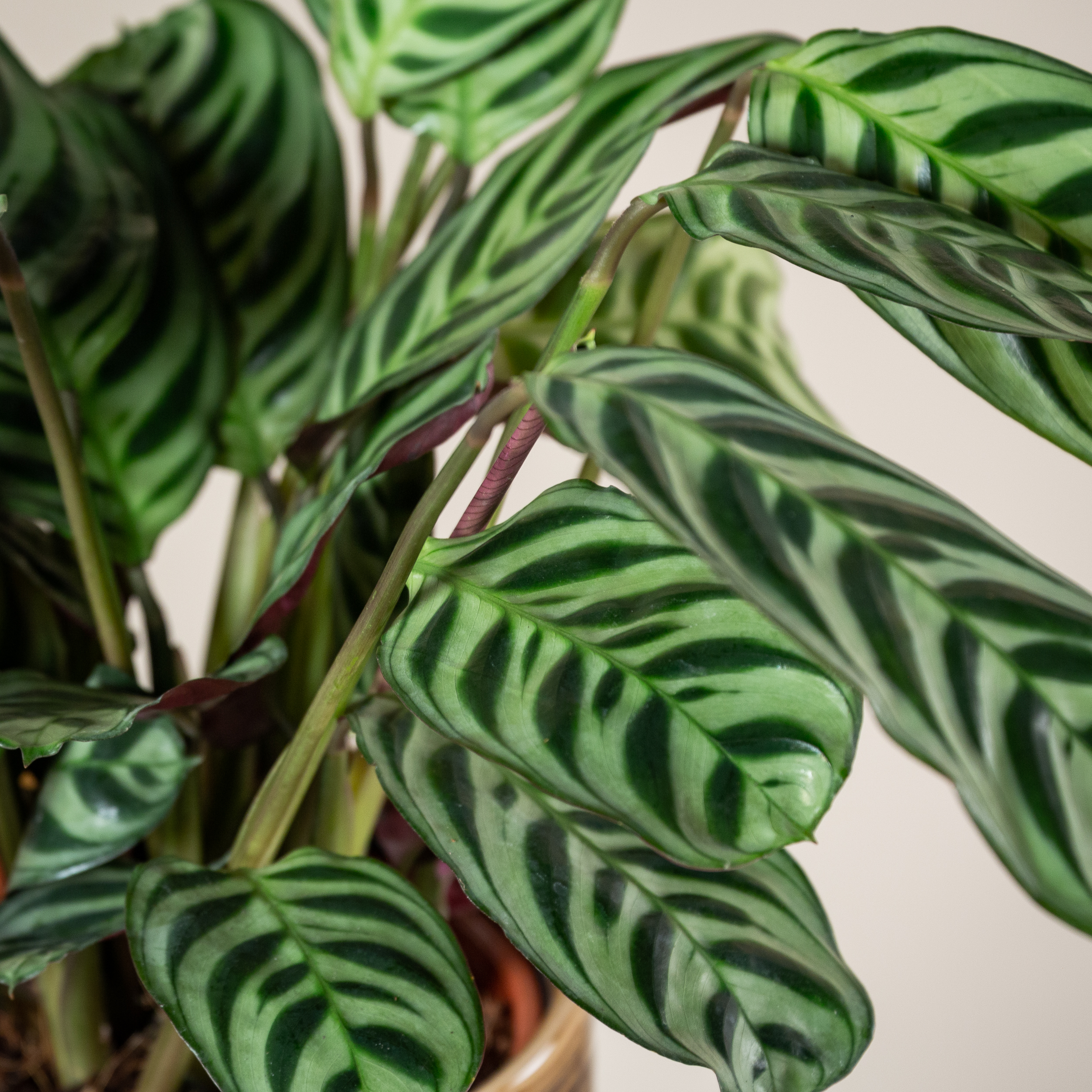
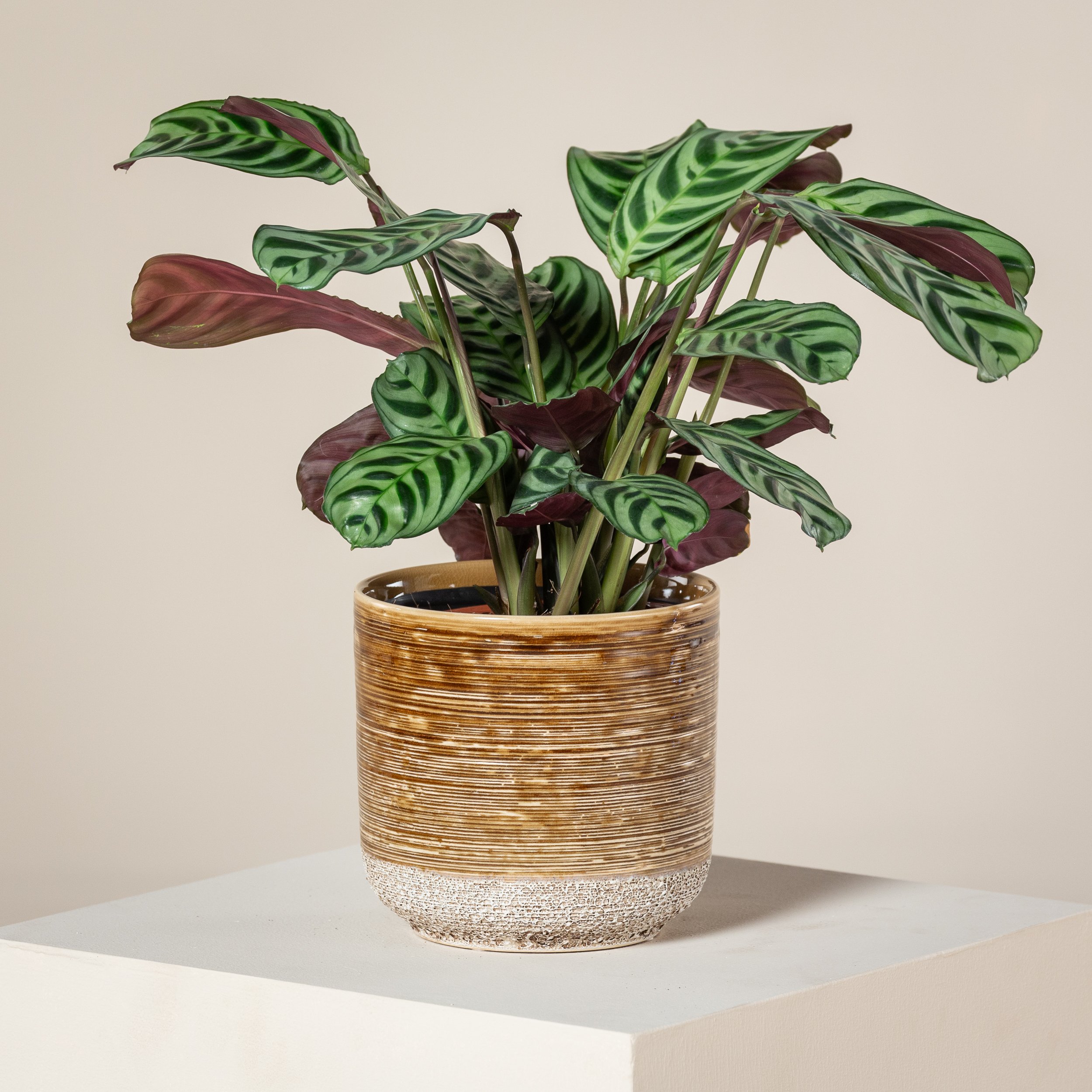

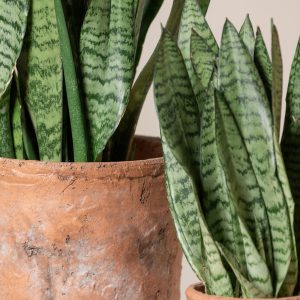
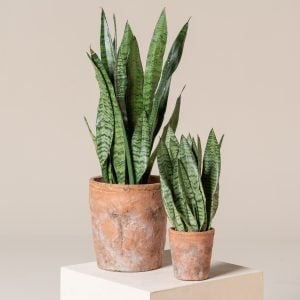
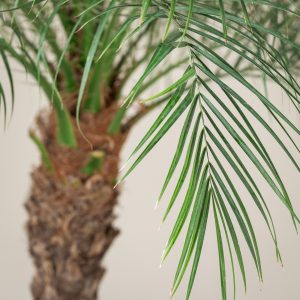
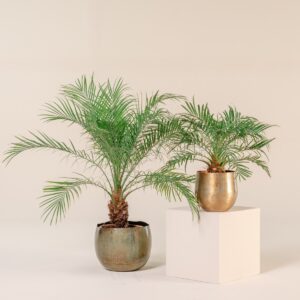

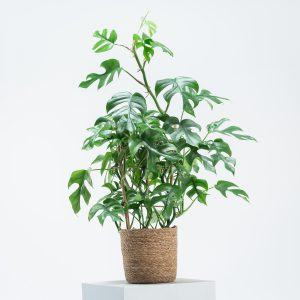
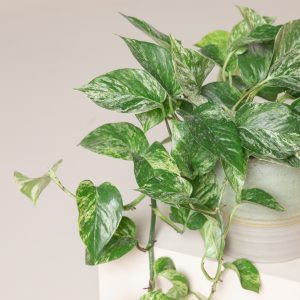
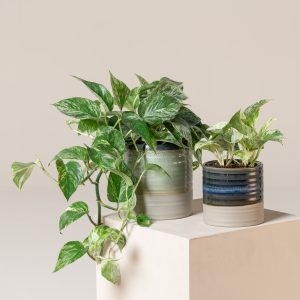
Reviews
There are no reviews yet.